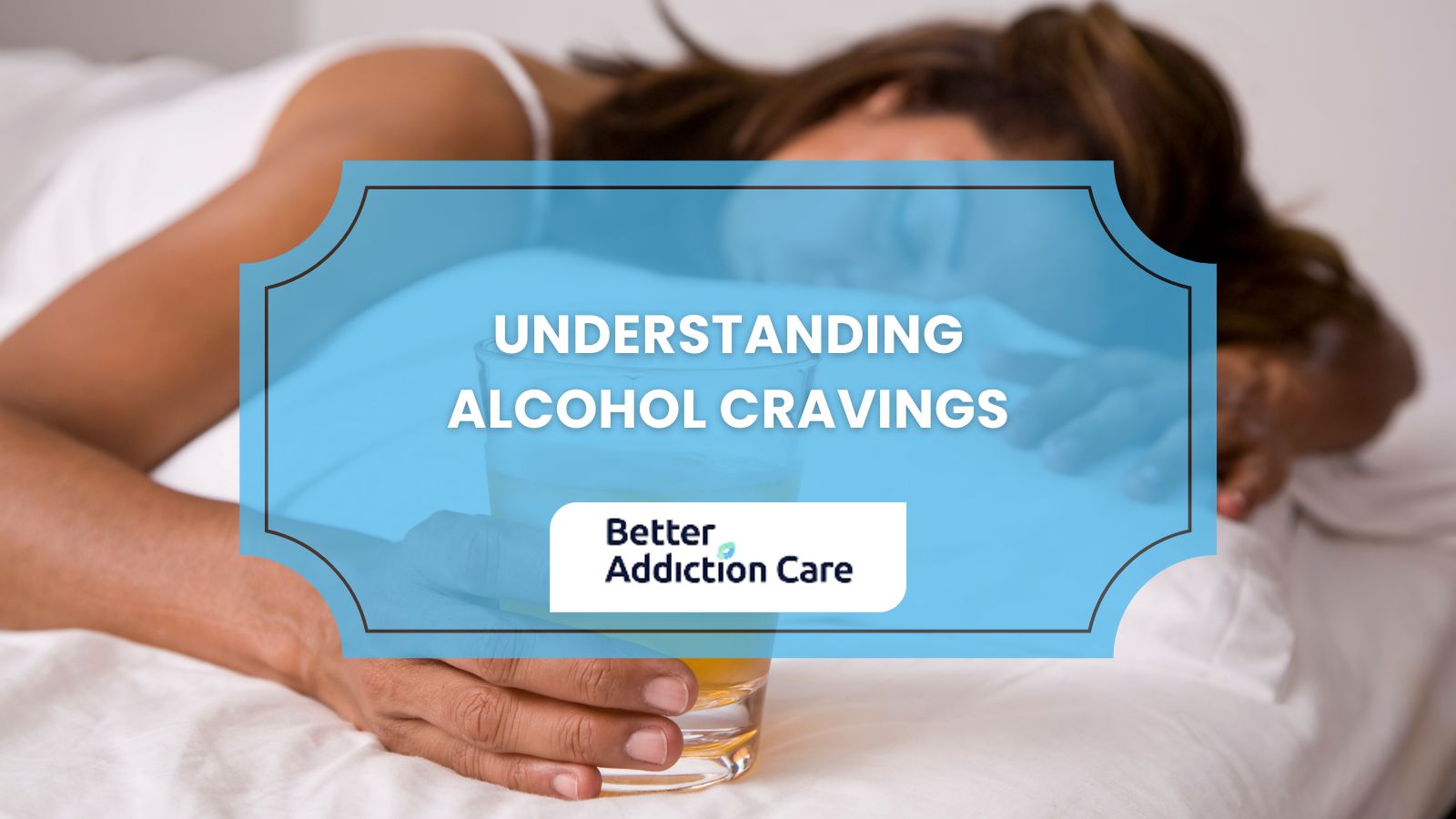What are the Physical Effects of Alcohol on the body?
There are many silent signals that later become obvious depending on the degree of alcohol intoxication, so recognizing them should not be difficult.

Appearance and movement patterns are key in determining whether a person has been drinking, as well as their odor and tone of voice. It is important to note that although it sounds somewhat invasive to seek to recognize signs of alcohol consumption in others, in reality, it is a very important task for the benefit of the person who is drunk,.
Listed below are 12 physical effects of Alcohol use.
- Slurred Speech Muscles controlling speech become relaxed, making words sound mumbled or unclear.
- Bloodshot Eyes Alcohol dilates blood vessels in the eyes, leading to redness and glassiness.
- Poor Coordination It slows down messages between the brain and muscles, affecting balance and fine motor skills.
- Unsteady Gait Walking becomes difficult due to impaired balance and muscle control.
- Delayed Reflexes Reaction time slows, making movement responses feel sluggish.
- Flushed Skin Blood vessels in the skin widen, creating a red or flushed appearance, especially in the face.
- Sweating or Chills Alcohol affects the body’s temperature regulation, causing hot flashes or cold sweats.
- Nausea and Vomiting It irritates the stomach lining and increases acid production, leading to nausea or vomiting.
- Drowsiness or Fatigue CNS depression causes sedation, leading to tiredness or even sleep.
- Tremors or Shaking Withdrawal or overconsumption can cause uncontrollable shakes, especially in the hands.
- Dry Mouth and Dehydration Alcohol is a diuretic, it causes fluid loss, leading to dry mouth and thirst.
- Frequent Urination Alcohol suppresses the hormone that helps retain fluids, making trips to the bathroom more frequent.
What Are Alcohol Effects on the Body?
Alcohol affects many body functions and systems in various ways. It slows down the central nervous system, which makes it hard to plan your moves, act quickly, speak clearly, and make smart choices. A lot of it can make you forget things, fall asleep, or even pass out.
In the beginning, drinking alcohol may temporarily raise heart rate and blood pressure. However, heavy drinking for a long time can cause major heart problems like hypertension, cardiomyopathy, arrhythmias, and a higher risk of stroke.
Drinking too much can cause alcohol damages to your liver, which is responsible for breaking down alcohol. This could result in fatty liver, cirrhosis, fibrosis, and alcoholic hepatitis -which at the same time would decrease the threshold for intoxication-. Every one of these illnesses is extremely dangerous and even lethal.
Alcohol also irritates the stomach walls, which is another way it damages digestion. This can cause gastritis, ulcers, feeling sick, and throwing up, which can cause Mallory-Weis syndrome or, even in the worst-case scenario, an esophageal rupture. It can make it harder to receive nutrients, leading to deficiencies. It also raises the risk of pancreatitis and cancers of the GI tract.
When you drink, your immune system gets weaker. This increases your chances of becoming ill because you cannot fight off bacteria and viruses. The immune system is usually highly affected by alcohol consumption but also because of the association with alcohol, malnutrition, and vitamin deficiency.
Changes in the balance of hormones in the endocrine system can also make periods uncertain for women and lower testosterone levels in men, which could make them unable to have children. But also, drinking a lot can make you thirsty and mess up your fluids. This is accompanied by increased urine output due to the temporary inactivation of the antidiuretic hormone, which may cause electrolyte imbalances and hurt your kidneys.
Drinking is heavily linked to mental health issues like depression and anxiety, as well as a higher risk of violence and suicide. When someone abuses drinking for a long time, they may become dependent on it or addicted to it, which can be hard to fight and could bring. These effects make it clear how important it is to drink less and stay healthy.
What Is a Hangover?
A hangover is the body’s physical and mental reaction to drinking too much alcohol, Hangovers are felt the next day with symptoms like headache, fatigue, nausea, and dizziness. It happens as the body struggles to metabolize alcohol, resulting in dehydration, hormone disruption, and irritation of the stomach lining and brain chemistry. The severity of a hangover depends on how much was consumed, sleep quality, hydration levels, and individual tolerance.
What Are the Physical Signs of a Hangover?
The physical signs of a hangover are nsymprtoms like headache, fatigue, pale skin, etc. suggesting someone is feeling the effects of excessive alcohol use, even if they don't say it outright.
Listed below are 11 physical signs of hangover.
- Headache: Holding or rubbing temples, wincing in pain.
- Fatigue and weakness: Sluggish movements, low energy, lack of alertness.
- Pale skin: A drained appearance or sudden paleness.
- Frequent urination: Constant bathroom trips due to dehydration.
- Dry mouth and thirst: Repeatedly sipping fluids or complaining of dryness.
- Muscle aches: Stretching, rubbing shoulders or back, visible discomfort.
- Dizziness or vertigo: Struggling with balance, preferring to sit or lie down.
- Light and sound sensitivity: Squinting, avoiding bright light or loud sounds.
- Excessive sweating: Clamminess, sweating without heat or exertion.
- Tremors or shakiness: Unsteady hands, shaking fingers while handling objects.
- Red eyes and blurred vision: Rubbing eyes, squinting, avoiding visual strain.
These signs make it clear the person is dealing with more than just being tired—they're likely recovering from alcohol's toll on their system.
What are the Long term and Short term Effects of Alcohol Use?
There are usually a few clear signs that someone has been drinking in the short term. These include smelling like alcohol, having red, watery eyes, and skin that turns pink. They can also make it hard to move and speak clearly.
Other effects that happen right away include slower reactions and worse judgment, which can make the person look lost or less coordinated. When someone is very drunk, they might have more severe symptoms, like feeling sick, throwing up, and having trouble staying awake.
Long-term, drinking alcohol regularly causes effects on the body that last longer and are often worse. Due to liver damage, people can notice changes like their face staying red or puffy, getting spider lines on their skin, and their eyes and skin turning yellow.
A person suffering Alcohol Use Disorder (AUD) for a long time loses or gains a lot of weight and generally look unhealthy, usually because they don't eat well. Sexual dysfunction, especially in males, is common and could be associated with the intoxication itself or the increased levels of estrogen due to hormone imbalance. Muscle weakness and trembling, especially in the hands, are also physical signs. If you notice these long-term effects in someone, it may mean that this person has a past of heavy drinking and needs medical help and support.
Other physical signs can be considered way more specific, and that will depend on the short- and long-term effects and the organ or system affected:
Organ/System |
Short-Term Effects |
Long-Term Effects |
Central Nervous System |
- Impaired coordination. - Slurred speech. - Delayed reaction times. - Blackouts. |
- Memory loss. - Cognitive impairments. - Delirium tremens when withdrawn.- Peripheral neuropathy. - Increased risk of dementia. - Increased risk of developing Wernicke-Korsakoff syndrome. |
Cardiovascular System |
- Increased heart rate. - Increased blood pressure. |
- Hypertension. - Cardiomyopathy. - Arrhythmias. - Dilated Cardiomyopathy. - Increased risk of stroke. |
Hepatic System |
- Increased CYP 450 metabolism, affecting the degradation of some medications. - Acute alcoholic hepatitis. |
- Alcoholic fatty liver disease. - Alcoholic hepatitis. - Fibrosis. - Cirrhosis. - Portal hypertension. |
Digestive System |
- Nausea. - Vomiting. - Mallory-Weis Syndrome. - Esophageal perforation. - Gastric irritation. |
- Chronic gastritis. - Pancreatitis. - Increased risk of gastrointestinal cancers. - Malnutrition. |
Immune System |
- Immune suppression in the gastric mucosa for up to 24 hours after consumption. |
- Weakened immune response. - Long-term increased susceptibility to infections. |
Renal System |
- Dehydration. - Increased urine production. |
- Chronic kidney disease. - Uremia. |
Renal System: Electrolyte Balance |
- Mild imbalances due to dehydration. |
- Chronic imbalances (e.g., low potassium, low magnesium). - Risk of severe conditions like hypokalemia or hyponatremia that can lead to sudden cardiac death. |
Endocrine System |
- Temporary imbalance in hormone levels of ADHD, insulin, and cortisol. |
- Hormone imbalances like decreased testosterone in men and menstrual irregularities in women. - Increased risk of osteoporosis due to effects on the endocrine function of the kidney. |
Reproductive System |
- Reduced inhibition. - Possible short-term increase in sexual arousal. |
- Erectile dysfunction. - Infertility. - Reduced libido. - Impotence. |
Skin |
- Flushed appearance. |
- Persistent redness. Spider veins. - Yellowing of the skin and eyes (jaundice) due to liver damage. |
Motor Functions |
- Impaired motor skills. |
- Muscle weakness. - Tremors. - Muscle wasting. |
Each effect can potentially present a physical symptom. For example, dehydration will show dry mucous membranes; the increase in estrogen in men can cause gynecomastia; the development of uremia can cause the person to bleed profusely or have delirium; and Mallory-Weys syndrome will present with vomiting that has streaks of blood, among other symptoms.
Related Articles
Treatment Centers in New Jersey










